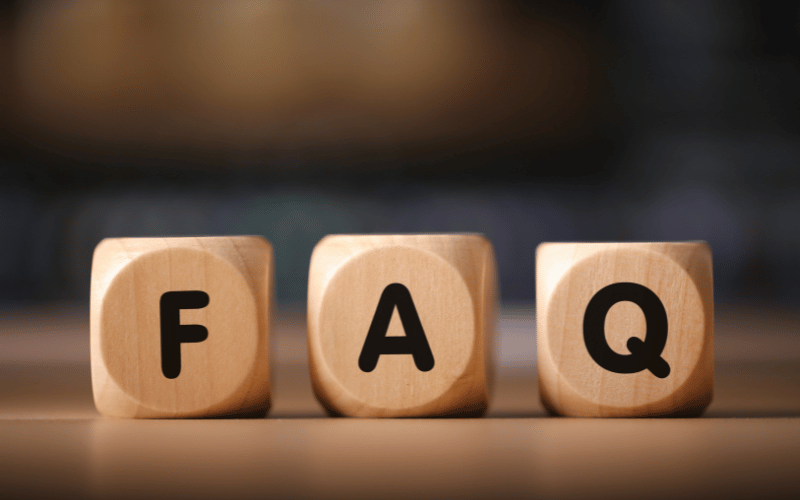FAQs about Lichen Planus Symptoms

1. Can Lichen Planus lead to permanent hair loss?
While Lichen Planus primarily affects the skin, in some cases, it can extend to the scalp causing inflammation. If not treated in time, this inflammation can lead to scarring alopecia, a type of hair loss where the hair follicle is destroyed and replaced with scar tissue, making the hair loss permanent. However, with early detection and treatment, permanent hair loss can often be prevented.
2. How can I differentiate between a regular mouth ulcer and white spots due to Lichen Planus?
Lichen Planus in the mouth often presents itself as lacy white patches, which might be accompanied by painful sores. These patches are usually persistent, unlike common mouth ulcers that tend to heal on their own within a week or two. If you notice consistent white spots in your mouth that don’t seem to heal or if they’re accompanied by other LP symptoms, it’s crucial to consult with a dental or medical professional.
3. Is photosensitivity a common symptom of Lichen Planus?
Photosensitivity, or heightened sensitivity to light, is not the most common symptom of Lichen Planus. However, some patients do report this sensitivity, particularly when their skin is exposed to direct sunlight. If you suspect that your skin’s adverse reactions to light might be connected to LP, it’s essential to discuss this with a dermatologist.
4. Are the blisters caused by Lichen Planus similar to those from burns or other skin conditions?
The blisters associated with Lichen Planus may resemble those from burns or other skin conditions at first glance. However, LP blisters often form in areas with active inflammation and may come with other distinct LP symptoms, like lacy white patches or specific nail damage. If you notice any unexplained blisters, especially if they’re accompanied by other LP symptoms, a dermatological evaluation is recommended.
5. Can the nail damage from Lichen Planus be reversed?
Lichen Planus can cause nail thinning, ridging, and even complete nail loss. In many cases, once the inflammation is controlled and the active LP phase has passed, nails might start to grow back. However, if scarring occurs at the nail matrix, it might lead to permanent nail damage. Early treatment is the key to preventing irreversible nail changes.
Conclusion: Wrapping Up the Complex Tapestry of Lichen Planus Symptoms
Lichen Planus, with its myriad of symptoms, can often be a challenging condition to diagnose and manage. The skin’s itchy patches, the mouth’s white spots, sensitivity to light, and hair and nail changes only scratch the surface of the diverse manifestations of this autoimmune disorder. Each symptom not only varies in presentation but also in its impact on a patient’s daily life. The intertwining of these symptoms and their subsequent effects make LP a unique condition that requires a comprehensive understanding for effective treatment and management.
Moreover, the emotional toll of Lichen Planus, with its potential to alter one’s appearance and limit daily activities, cannot be understated. Awareness is the first step in addressing the condition. Recognizing its varied symptoms and understanding the potential underlying triggers can facilitate timely interventions. While treatments and management strategies are available, they are most effective when initiated early. With consistent care, support, and professional guidance, individuals with Lichen Planus can navigate its challenges and lead fulfilling lives.